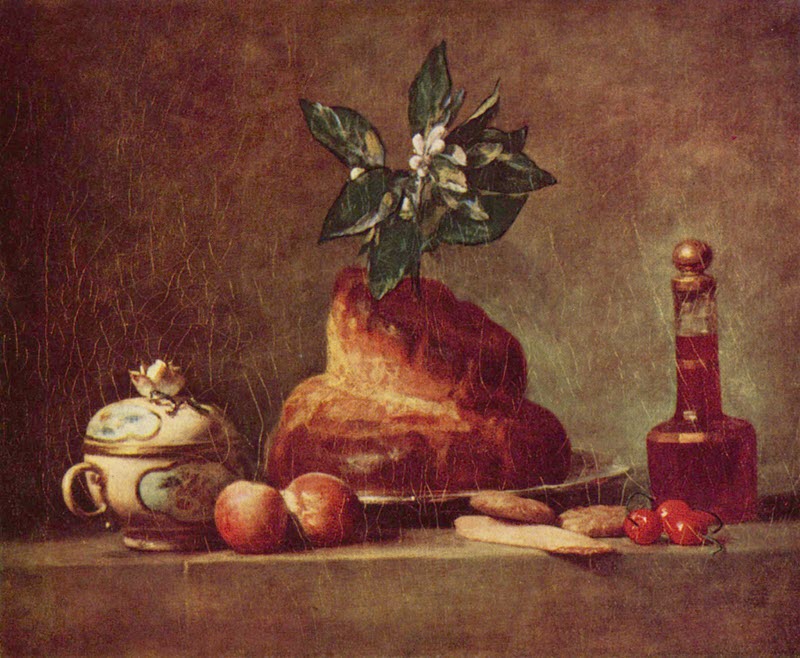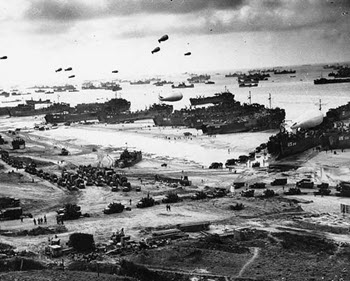
A Brioche - A Delicious Part of Normandy Cuisine
The Wonderful Tastes of Normandy France
The French region of Normandy is renowned for many unique food products including cheeses, liqueurs and pastries. Here is a summary of the delicious productions of Normandy:
Wines and Liqueurs
Calvados (nicknamed Calvos) is a brandy made from apples or a mix of apples and pears. Its production reportedly goes all the way back to the 8th century, in the reign of Charlemagne. The Calvados brandy is made from apple cider which is fermented and then distilled. The type of apples, ranging from sweet to tart, determines the taste and texture of the final product. The distilled product is normally aged for at least two years in oak barrels. The longer it is aged, the smoother the taste of the Calvos.
Pommeau de Normandie is a mistelle (fortified wine) made from unfermented apple juice mixed with Calvados brandy and then aged for about thirty months in oak barrels. The result is a strong wine which is often used as an aperitif with cheese or ice cream.
Cheese
Camembert is a soft ripened creamy cheese made from cow's milk. It resembles Brie cheese, and tradition has it that the original recipe for Camembert was adapted from brie, but the Normandy version is softer than brie and can be heated without crumbling. Camembert was traditionally made from unpasteurized milk fertilized with fungal spores, but the milk is now usually pasteurized for food safety reasons. First produced in 1790, Camembert became known internationally after World War 1, when it was given to American troops fighting in France. Unfortunately many countries have banned the importation of this classic Normandy cheese.
Pont-l'Évéque cheese - this cheese is a lesser known product of Normandy, but is actually the one of the oldest type of local cheese still in production. It was first produced by Monks in the 12th century and was originally called "cherub: or "angelot" (little angeL) cheese, in keeping with its religious origins. It was later re-named after the village where it was produced. To qualify as Pont-l'Évéque cheese, the regulations require that the cheese must be made from cow's milk produced from a specified area.
Livarot cheese - Livarot cheese is the oldest cheese produced in the Normandy region, and is governed by an appellation of controlled origin. The cheese in bullrushes which resemble the officer's stripes of a colonel's uniform. The cheese is pungent and soft. This stinky cheese is not for everybody but a happy find for any cheese gourmand.
Neufchâtel cheese - Neufchâtel cheese is a soft, unripened cheese similar to Camembert but is saltier and sharper. The cheese is traditionally made into heart shapes but s also sometimes put into other molds such as logs. This cheese is lower in fat than others and resembles cream cheese in many ways.
Petit suisse - This "little Swiss" cheese gets its name from its inventor, a Swiss engineer working at a Normandy cheese factory. The cheese is extremely smooth and creamy, and is very versatile. Petit-suisse is often eaten as a dessert, with sugar, jam or honey or it can be eaten with spices such as pepper and herbs. Petit-suisse is also uses to baste rabbit meat to keep it tender while cooking. Although initially made in Normandy, the production of this cheese is not limited by regulation to a designated area, and so it is now produced throughout France.
Boursin cheese - This is arelative newcomer to the cheese world, first produced in 1957. It is noted for being flavored garlic and fine herbs. It comes in many flavour varieties.
Pastries and Bread
Brioche is a quintessentially French puffed bread that straddles the line between a pastry and a load of bread. Brioches are traditionally made with lots of eggs, butter and flour mixed with either milk, water, cream and even brandy. The brioche is usually put into a baking form and allowed to spill out, creating its iconic domed shape. The brioche was first developed in the Normandy region during the 15th century, but has since become a part of French cuisine.
The Brioche played a strange part in the French Revolution. When the French Queen Marie Antoinette was told that the peasants had no bread to eat, she reportedly suggested that they should eat brioches instead. This phrase has often been misquoted as meaning that they should cakes instead of bread. However, her suggestion was just as out of touch with reality: the peasants had no bread because they could not afford flour, eggs or milk. If they could not make bread they certainly could not make brioches, which require even more eggs and butter than regular bread.
This site is dedicated to the History and Culture of Beautiful Normandy France.



